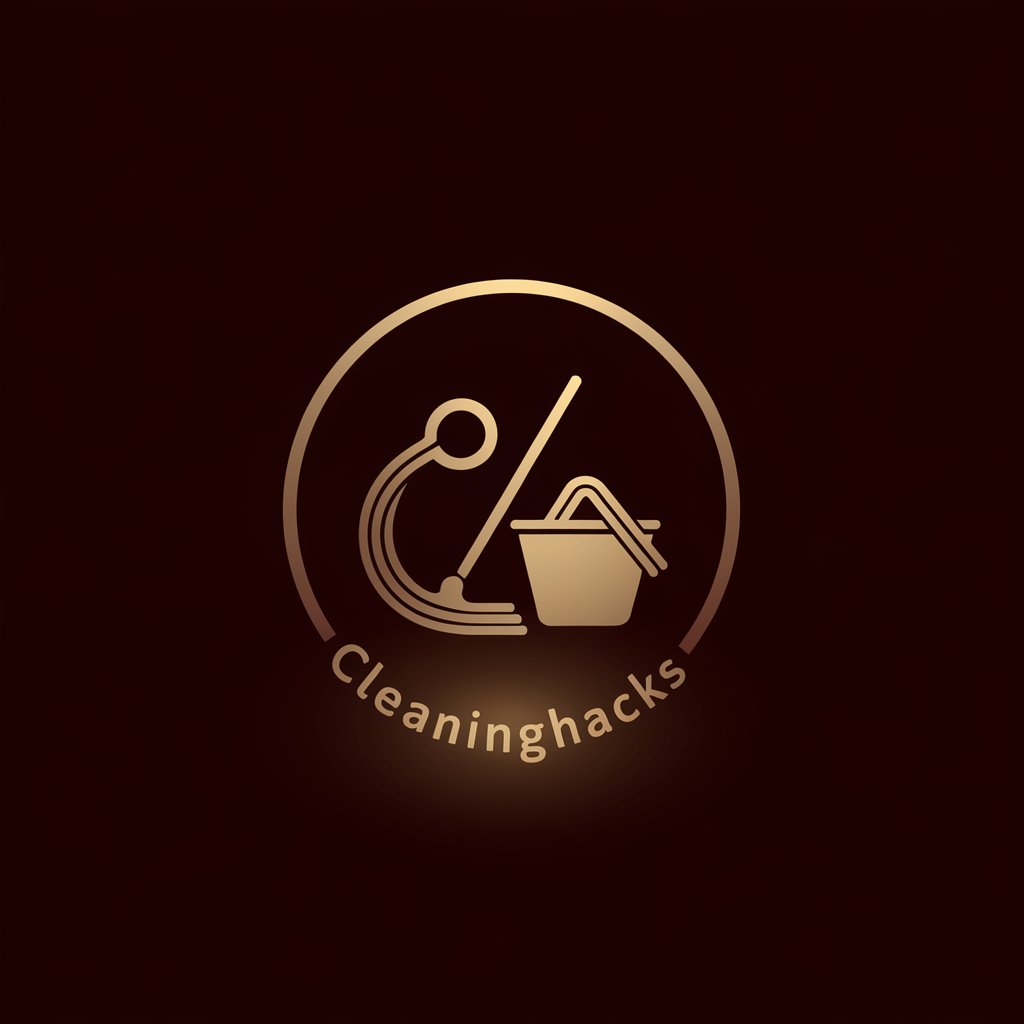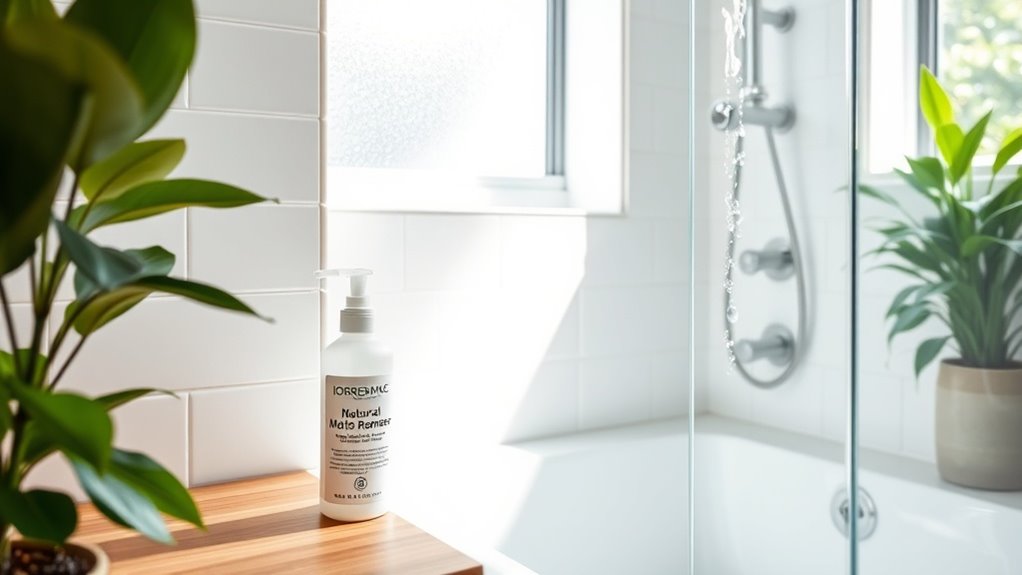The Easy Way to Stop Mold in Your Bathroom
Mold can grow on surfaces within just 24 to 48 hours after exposure to moisture. It thrives in the bathroom due to humidity and limited airflow, making it vital to tackle the issue proactively. By understanding the right strategies and implementing simple changes in your routine, you can create a mold-free environment. Discover how effective ventilation and regular maintenance can transform your bathroom into a healthier space.
Understand the Causes of Mold Growth
Mold thrives in damp environments, making your bathroom a prime target. To prevent mold growth, keep surfaces dry and fix any leaks immediately.
Regularly clean your bathroom with mold-fighting solutions and minimize clutter, which can trap moisture. Use exhaust fans during and after showers, as this promotes proper ventilation techniques that help in reducing humidity levels.
Improve Bathroom Ventilation
One effective way to combat mold in your bathroom is by improving ventilation.
Here are three practical steps you can take:
-
Install an exhaust fan: Use a fan to pull moist air out while you shower.
-
Open windows: Allow fresh air circulation to reduce humidity.
-
Keep doors open: Let airflow happen even when the bathroom isn’t in use. Proper ventilation is vital for preventing mold growth in shower corners.
Keep Surfaces Dry
While improving ventilation is crucial, keeping surfaces dry in your bathroom is equally important in preventing mold growth.
Wipe down sinks, tubs, and countertops regularly to eliminate moisture. After showers, use a squeegee on tiles and glass to remove excess water.
Consider using absorbent mats and ensure towels dry completely. These simple habits can significantly reduce mold risk and promote a healthier bathroom environment, as regular ventilation helps maintain a fresh atmosphere.
Use Mold-Resistant Products
Choosing the right materials can make a significant difference in preventing mold growth in your bathroom.
Consider these mold-resistant products:
-
Mold-Resistant Paint: Ideal for walls and ceilings, it contains antimicrobial agents.
-
Fiberglass-reinforced Panels: Perfect for wet areas, they’re less permeable to moisture.
-
Silicone Caulk: Use it instead of latex, as it’s more resistant to mold and mildew.
These choices help you maintain a healthier bathroom environment.
Regular Cleaning and Maintenance
To keep mold at bay, regular cleaning and maintenance of your bathroom are essential.
Wipe down surfaces weekly, focusing on tiles and grout where moisture accumulates. Use a mixture of vinegar and water to prevent mold buildup.
Don’t forget to clean shower curtains and mats regularly.
Also, ensure your bathroom is well-ventilated to reduce humidity levels and minimize mold growth. Proper ventilation can significantly help deter mold establishment in your bathroom.
Address Leaks and Water Issues
Here’s what you can do:
- Inspect pipes regularly for visible leaks.
- Check the showerhead and faucet for drips.
- Ensure the toilet is securely fastened and isn’t leaking.
Taking these steps will help keep moisture levels low and mold at bay. Additionally, addressing leaks promptly can significantly reduce the risk of mold growth in your bathroom.

